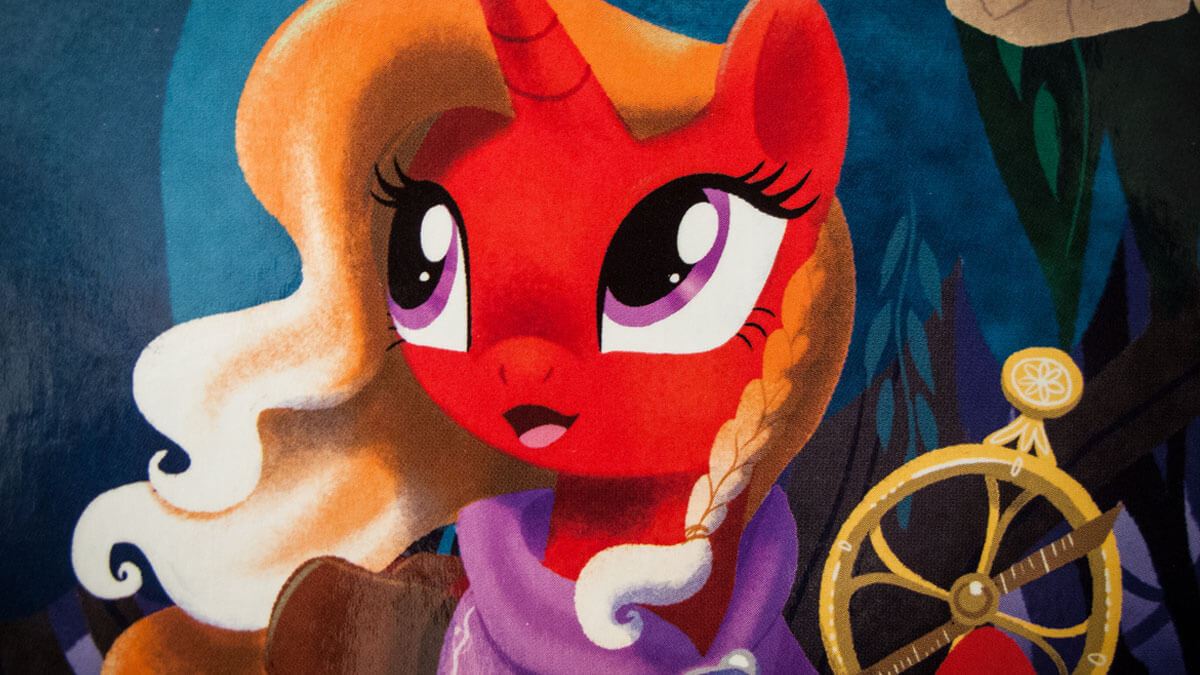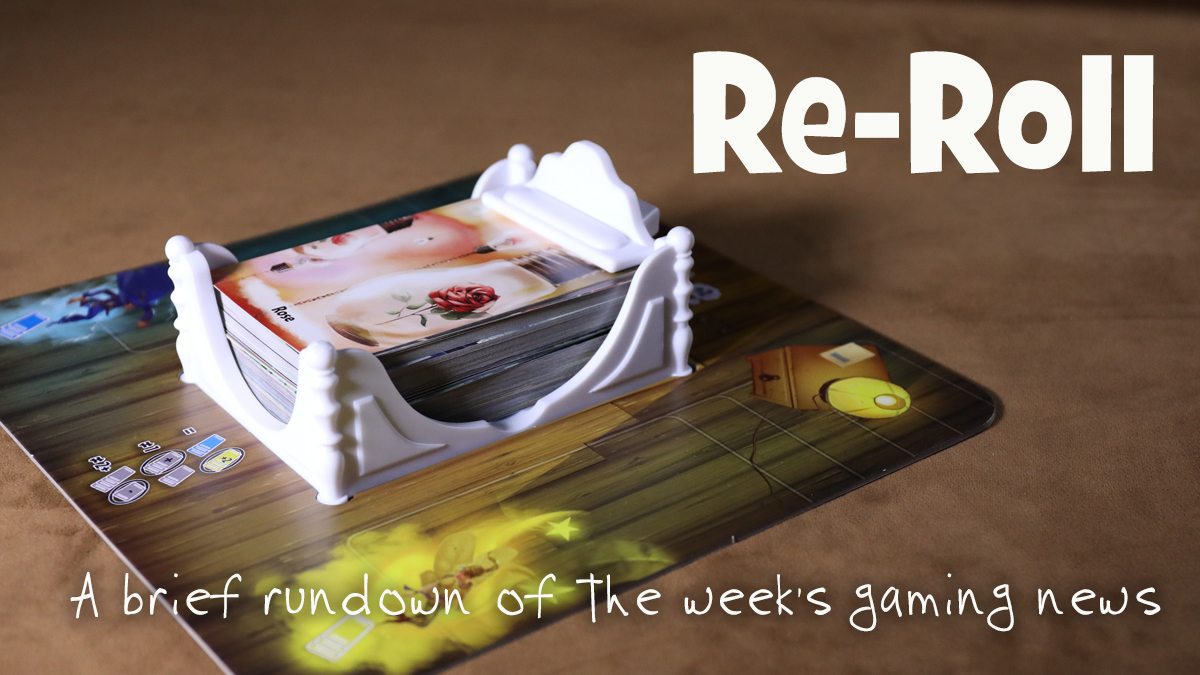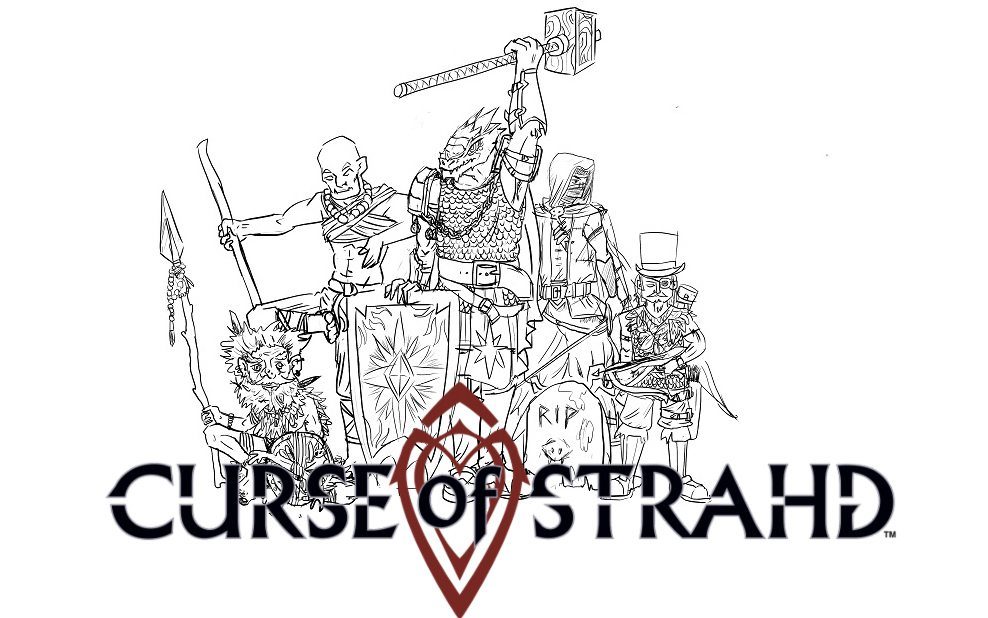It is difficult to raise a daughter in the 2010s and not have some familiarity with My Little Pony: Friendship is Magic. This animated show features an intrepid group of six colorful ponies who learn and teach life lessons in friendship and conflict resolution while managing their day-to-day life in the village of Ponyville – not to mention protecting the equine-dominated realm of Equestria from evil (or apparent evil) threats. I was skeptical about Friendship is Magic, thinking it would be just a 22-minute Hasbro toy commercial, but I was won over by the show’s memorable and funny characters, fantastical adventure elements, latent geeky content, and a surprising amount of pathos. Although my daughter is into Voltron and Undertale more than ponies these days, we still enjoy watching the show together on Netflix.
Now, with River Horse’s My Little Pony:Tails of Equestria, we can have pony adventures of our own in this tabletop role-playing game. Is this book just another one-of-a-bazillion forgettable My Little Pony marketing products, or is this a solid RPG worth your valuable gaming time? We gathered around the table and gave it a go!

What do you need to play?
Like most tabletop RPGs, you will want pencils, character sheets, and a set of dice. A gamemaster (GM) is needed to narrate, adjudicate rules, play non-player characters (NPCs), and guide the story. For dice, Tails of Equestria uses a standard polyhedral set (d4, d6, d8, d10, d12, d20). Small items like coins or beads are also needed to use as Friendship Tokens (more on that below). There is a character sheet in the book that can be photocopied, or you can find PDFs on River Horse’s website. Before the story begins, all players need to build a pony character.
How does character creation work?
With this 152-page full color tome, players may choose from three different types of ponies commonly found in Equestria: Earth ponies, Unicorns, and Pegasi. Earth ponies are renowned for their stout heart, so they receive a bonus to their Stamina. Unicorns can use magic; they start with the Talent of telekinesis. The Pegasi have wings so they can, of course, fly.

Traits and Talents are rated by a specific die: d4 being the lowest rating, d20 the highest. As you may have figured out, these are the dice rolled when performing a Test or a Challenge. As ponies progress in levels, they may choose stats to increase by upgrading a die one step. A d4 to a d6, or a d12 to a d20, for example.
A pony’s basic Traits are Body, Mind, and Charm. A player decides between Brainy (Mind at d6, Body at d4), or Strong (Body at d6, Mind at d4). Every pony begins with a Charm of d6 representing their natural likability. GMs can upgrade or downgrade dice as the story requires. For example, if a pony rolls in the mud or gets excessively dirty, the GM may decide that the pony’s Charm be temporarily downgraded to a d4 until they have a chance to clean off.
Talents are the same as skills in D&D. A pony could have a certain creative flair, perform well at athletics, or even perform a magic spell. At each new level, a pony will have the option to take on a new Talent or upgrade one they already have. The provided list of Talents is not very comprehensive, but, with the GMs permission, players may create or modify Talents from scratch.
Quirks add more roleplaying flavor to the character; perhaps the pony is bossy, naturally fearful, prone to illnesses, or needs to wear glasses. Each pony begins with one Quirk.
The Element of Harmony is another stat which is sort of like Tails’ version of D&D’s alignment matrix. Each of the six Elements represents a particular aspect of friendship: loyalty, generosity, honesty, laughter, kindness, and magic. For example, Applejack is one of the primary six ponies from the show (known colloquially as the “Mane 6”). Her Element is honesty, meaning she can always be relied upon to be truthful and a straight-shooter, but she can be TOO honest sometimes, and maybe isn’t great at considering someone else’s feelings. It’s a great hook for roleplaying and a simpler concept to grasp rather than the ubiquitous good/evil/lawful/chaotic alignment grid. Also, players have latitude in their character’s personality. Applejack may be extroverted, but another pony who shares the same Element could be introverted.

The last thing to do is to determine the pony’s “Cutie Mark.” In pony parlance, this is an icon on their flanks representing the pony’s individuality or special calling. It can be a literal or abstract design. Cutie Marks magically appear on fillies and colts to signal their coming-of-age of sorts.
My approach for building an NPC character was to read all the available options and just pick stuff that jumped out at me. A better method for my daughter was asking her what she’d like to play and choosing the appropriate Element, Talents, and Quirks that aligned with her responses. I don’t think we spent more than 30 minutes penciling in our characters, including a rudimentary background story. We used generalzoi’s Pony Creator to make our pony portraits.
How does Tails of Equestria play?
Again, like many tabletop RPGs, the GM runs the adventure, describes the actions of NPCs and the environment, and asking the players what they want to do at decision points. When a necessary skill is needed, the GM will call for a Test.
Tests are quite simple: roll the appropriate attribute or talent die, and try to beat a Difficulty target value determined by the GM. Challenges are just opposed tests between two participants. Higher roll wins.
There are ways to modify die rolls. An appropriate Talent might add an extra die to the test, and other ponies may attempt the Test, too. Ponies can also work together. For example, it may be impossible for a single pony with a body of D6 to lift a large boulder with a difficulty of 7, but if others pitch in, the GM lowers the difficulty rating by 1 for each pony. All ponies may roll their dice, and use the highest number. It’s a great system to encourage cooperation.

Another feature of the game is Friendship Tokens. Each player begins with a number of tokens equal to how many are playing, including the GM. During a test, a player may spend tokens to upgrade a die, automatically pass a test, or even effect the story in a small way. It’s up to the GM to decide the value of tokens vs. the desired outcome. Other ponies may add and pool their tokens to help out, too. Friendship Tokens are earned by leveling up, or are rewarded, at the GM discretion, to good roleplaying, such as acting on a Quirk or going above and beyond for another pony or NPC. However, If a player character does something unkind to an NPC, for example, a GM might take away a token. Note that tokens are not included in the game; I used purple colored gems available at the BoardGameGeek store.

A Scuffle is the combat-related aspect of the game. The book is quick to point out that fighting should be a last resort for PCs, and gives story examples from the TV series where diplomacy was not an option for the heroes; physical force had to be used to stop a serious threat. Scuffles are not deadly, however, and usually result in a loss of Stamina points. When a character loses all of their Stamina, they are too exhausted or injured to move, act, or do anything until they can get some rest, nourishment, or a bit of the panacea “pony balm.”
The book includes an introductory adventure in the back, The Pet Predicament, which connects nicely into the first full published adventure Curse of the Statuettes sold separately in a box set. My daughter and I finished the intro adventure in one sitting, while Statuettes may take us about three sessions to complete.
There isn’t any XP system or point tracking for leveling up. Ponies advance to a new character level after completing an adventure at the GM’s discretion. The book encourages players to reflect on the adventure and choices made. This is a great opportunity for parents and kids to talk about lessons learned from the experience and applying that to real life.

Do you need to be familiar with the world of My Little Pony to enjoy Tails of Equestria?
It’s not necessary to be a fan of the show to enjoy the game, but it does help to have some familiarity with the magical world of Equestria. The book does a good job of explaining concepts like the Elements of Harmony for the uninitiated. However, if you GM for savvy offspring, you may hear “Mooooom!/Daaaaad! That’s not how Spike talks!” and receive course correction on the proper way to roleplay an adolescent purple dragon. Are you completely at a loss on how to play in this universe? Just watch the first two episodes of the show. As of this writing, it is on Netflix in the US and many other countries. You’ll get a good enough crash course on the setting, locales, creatures, and characters to run a great session without investing a ton of time. It’s worth it. My daughter has a lot of fun being able to interact with characters from the show, even if its just her dad trying to (poorly) act them out. The rules are simple enough that I can see younger GMs giving it a try, too.
Any nitpicks about the book?
I’ll start with something that is not a nitpick, but more of a double-edged sword. The cover art is sweet. It completely sells the game by evoking a sense of high adventure and grand discovery. The depicted characters (original to Tails of Equestria) are wonderfully rendered. However, the interior art is mostly screen grabs and vector art from the show, with the cover characters absent save for a sketch in the character creation chapter. It would have been nice to see more of them in the core rulebook, especially since they feature prominently on subsequent adventure covers, similar to Pathfinder’s iconic characters. I’m guessing River Horse didn’t exactly have a Paizo or a Wizards of the Coast-sized art budget for this book, so the creative decision to rely on existing assets is completely understandable. The original artwork is so good, though, it makes the screen grabs stand out more. Also, there are a few minor errors throughout the book. For example, one passage in the character creation chapter refers to some visual samples of Cutie Marks that doesn’t appear in the book.
What’s the Verdict?
Tails of Equestria is a fun and unique RPG for kids, parents, and grown-up kids, especially if they love the series. I particularly like the Friendship Token mechanism that emphasizes roleplaying, puzzle-solving, and cooperation over physical conflict, which could help provide a richer gaming experience later for kids who may decide to play a “grown-up” RPG. The book is logically laid out and fun to read. For fans of the show, getting the game is a no-brainer. For those looking for a simple and excellent RPG for parents and kids, Tails of Equestria should be on your shortlist.
GAME ON.






Every year on April Fools’ Day, the D&D website puts up something funny. Years ago, I believe before the Friendship is Magic show started, they pretended (due to WOTC and MLP both being Hasbro properties) that the My Little Pony franchise was being merged with D&D (kind of like Magic: The Gathering is nowadays). Back when everybody was using AOL Instant Messenger, I used to use their image of a pink beholder with eyelashes and bows on as my avatar. Wow, just did a Google search and found it in their archive: http://archive.wizards.com/default.asp?x=dnd/dd/20060401a . 12 years ago! Wow, I’m old.
It’s awesome to see this actually being realized, as of course part of the joke is “har har, girls don’t play D&D”. Yes, yes, we do. Notwithstanding the “Brony” segment, girls and women are just as interested in escapist fantasy as their male counterparts. And playing in a familiar world is a great way to get young folks started.
Thanks for sharing that hilarious archive, Cassandra! I love the beholder. It is fun to see the influence of D&D in MLP:Friendship Is Magic’s writing, particularly in creature and monster design. In one episode (I forgot which one) the ponies take on a “bugbear”, which was literally a large flying bear mixed with a bee. Or when characters magically dove into the game “Ogres and Oubliettes,” in the season 7 “Dungeons & Discords,” and fight living cardboard standees. A lot can happen in 12 years.
Erik – This looks very cool. I’m now considering picking this up for my two daughters.
Awesome, Greg! Thanks for reading!
I was very enthousiastic to be able to play a poney with my friends so I’ve bought this game and it’s so disappointing.
The game is infested with disguised adds for useless poney themed things you can buy elsewhere. Then the book is desperatly empty. There is not a single line about the my little poney universe (which is for a roleplaying game a little bit anoying) The only scenario is not even complete, there is a lazy introduction where you get 6 animals in 6 differents places with 6 differents tasks to do but no NPC, no storyline, no twist, nothing. And that’s all. If you’re intersted in the true scenario about the statuete with all this magic and fun, it’s in an other bool (that you should buy of course).
The game speaks to kids as if they are stupids. This is anoying, kids do have brains. You don’t need to tell them on page 97 that they are supposed to read this book. Of course they do, they are currently doing it. Such condescension in a book based on an animated movie that considers that kids are clever is nonesence.
At least the game system is OK. It emphasises on cooperations, and the stats makes cooperation a win almost everytime. This is a good thing. Sadly the rules are scattered on many pages of emptyness, and you do have to do a paper an pen snythesis to make them usable (which is easy, rules are simple).
So Don’t buy this full of emptyness book. Instead use the following summary :
– unicorns have magic
– pegasus fly
– land poney are strong.
– you don’t need fingers to do things
– cooperation is rewarded.
THAT’S IT you get all the book content except the dice system.
But because I like you, here is a dice system with the same idea, that’s suitable for kids.
– roll 1D6 again difficulty. Get +1 for each element that helps you (skill, creativity, environement).
– if many poney cooperate, everyone rools, takes the best roll.
– win a friendship token for each friendship action
– spend a friendship token for a reroll or a +2